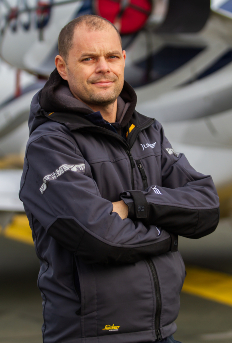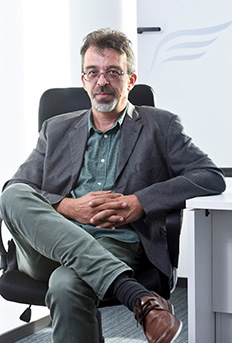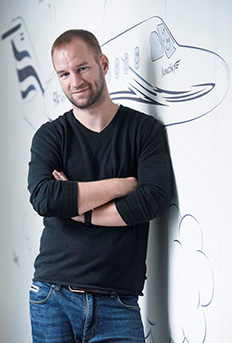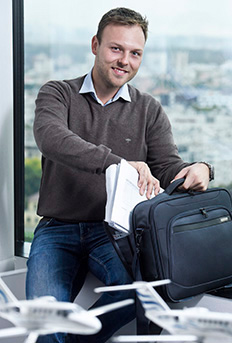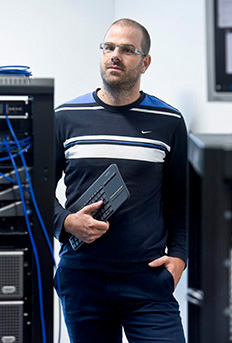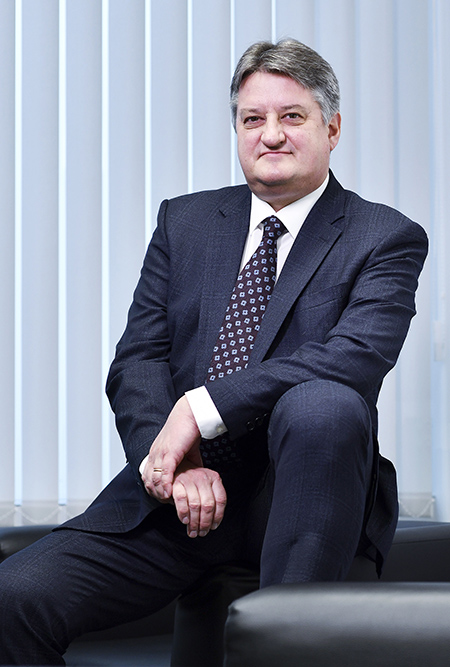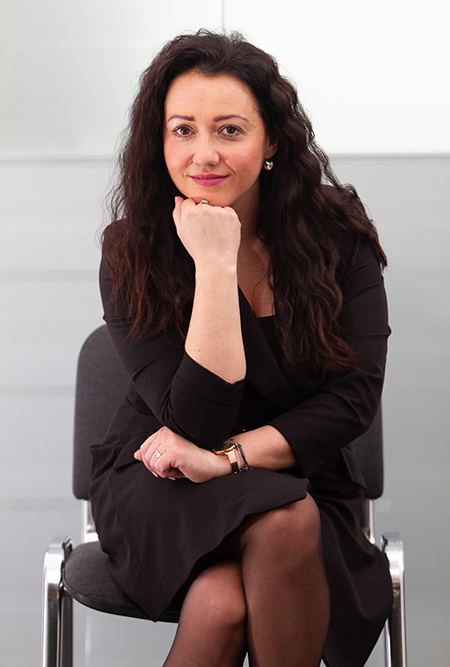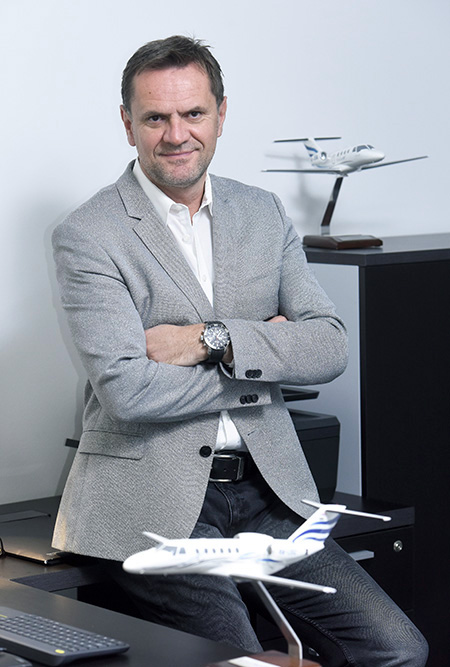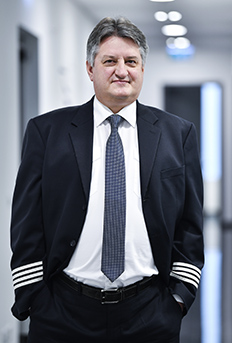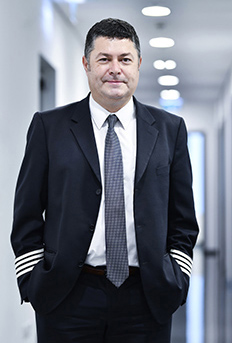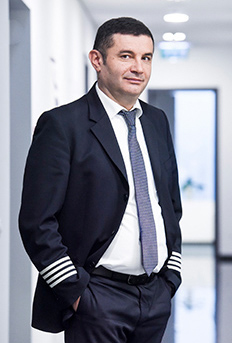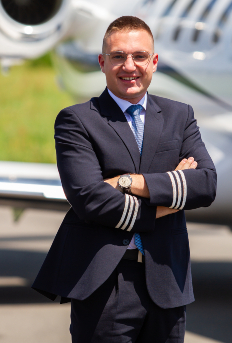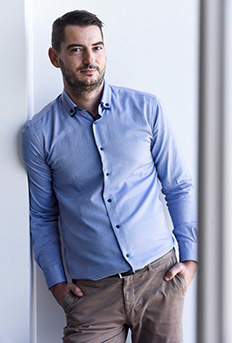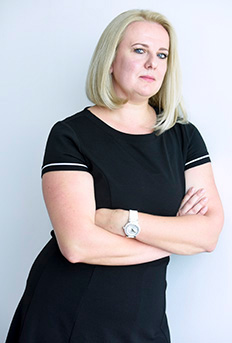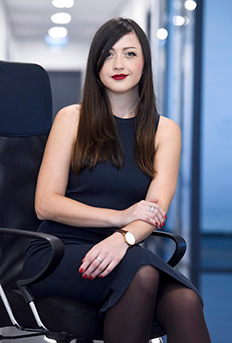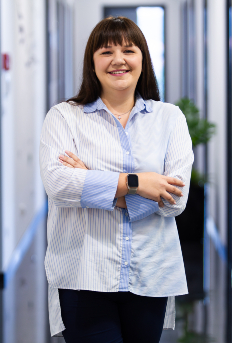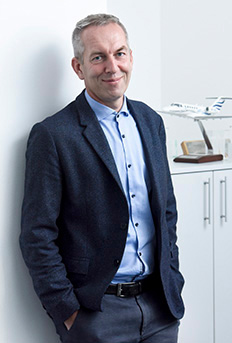News & Blog
Tportal.hr visited our maintenance hangar in Varazdin and made a feature about JSD's 13,000 FH ID-10 check

[NOTE: The article below is a translation of a special feature made by Tportal.hr, titled We visited the maintenance hangar of a Croatian airline company: "We are the first in the world to do something like this" and published on 13th of March 2025. The author of the article is Tportal's Vanja Moskaljov while the pictures are owned by the photo author Matej Grgić and Jung Sky. The original article can be accessed HERE.]
AUTHOR: Vanja Moskaljov, Tportal.hr
Croatian airline company Jung Sky, which specializes in private jet charter and aircraft maintenance, has plenty to be satisfied with regarding the past year. They celebrated 15 years in the business, achieved a record number of passenger flights as well as the highest number of contractors (mainly private jet broker companies), and increased their revenue compared to previous years. However, none of these achievements were the main reason for our visit to their line and base maintenance facility at Varaždin Airport (LDVA).
The company was founded 15 years ago by two brothers, Kresimir, who's one of the company's pilots, and Vedran, a board member and IT Manager. They initially offered panoramic flights over Brač island and Zagreb, flying with a small Cessna 172 Skyhawk. However, they soon expanded their services to charter, offering private flights across Europe.
Today, Jung Sky employs 26 people, including eight pilots, and operates a fleet of two Cessna 525A (Citation CJ2) jets. As of January last year, most maintenance activities for both jets are performed in-house.
'We are the first in the world to perform an ID-10 on a CJ2 with 13,000 FH'
The company is currently completing its largest aircraft maintenance task, which occurs every 1,200 flight hours. They began performing this type of maintenance independently last year on one of their jets, and now they are working on the other.

Jung Sky's aircraft engineer, Davor Bradovski
However, what makes this particular maintenance task special, as they revealed to Tportal, is that it is happening after their 9A-JSD aircraft accumulated 13,000 flight hours, which is what prompted our visit to their maintenance facility at Varaždin Airport.
"This is called an ID-10 inspection and is performed after every 1,200 flight hours. But the total flight hours on this aircraft is 13,000 and we are quite certain we are the first in the world to conduct such an inspection on this type of aircraft with that many hours," explains Davor Bujan, Jung Sky’s Technical Director and head of maintenance.
The two-month long maintenance work is nearing completion, and once it’s finished, the company will again perform an ID-10 on their other aircraft. Due to their busy flight schedule, their aircraft reach the 1,200-hour mark in just over a year.
Of course, since we're not aviation experts, the first question that came to mind was how old is the 13,000 FH aircraft and is it still in good condition after so many hours of flying.
'For a well-maintained aircraft, age is not an issue'
"The aircraft is 22 years old, but unlike cars, age and flight hours are not necessarily an issue for airplanes," says Krešimir Vlašić, Chief Operating Officer at Jung Sky.
“Manufacturers set minimum maintenance standards and required inspection intervals, which must be followed by all operators. However, consistent investment and thorough maintenance ensure the aircraft retains its value and operational safety,” Vlašić explains over a cup of coffee at the airport, after we’ve visited the hangar.

Jung Sky's aircraft engineer, Denis Grgurić
As Vlašić and Bujan further explain, the point of such an inspection is not to necessarily replace parts, but to carry out a preventive inspection, and to check if everything if working as it should. So, as part of this maintenance, things like landing gear, flight controls and other parts are inspected to check whether they are within the prescribed limits, and the aircraft is disassembled quite a bit to access the parts that need to be inspected. Of course, they emphasize, if an irregularity is noticed or it is assessed that it is better to replace a certain part now - so that it doesn't become an issue in a few months, in the middle of summer, when the demand for their aircraft is highest - that part is replaced.
Our interviewees add that, besides regular maintenance, some aesthetic upgrades are also performed during these types of checks, things like replacing carpets and seat upholstery. There was also one analogue instrument on their 9A-JSD that was recently replaced with a digital version.
"This is purely an upgrade. The existing instrument became unavailable on the market which could have caused problems. Since this is a critical instrument, we opted for a newer, more reliable model to prevent potential delays during peak season," Bujan explains.
Most of the work was carried out by Jung Sky's two full-time aviation technicians, certified for this aircraft type, but due to the workload, two external contractors were also hired for assistance.
Maintaining their own aircraft does not yet result in major financial savings, but it allows the company to schedule maintenance on their own terms, without relying on slot availability from external maintenance providers. When they do the maintenance themselves, their planes are prioritized and inspections are arranged exactly when they need them to be in order to minimize time wasted. For example, this year, both of their aircraft will be inspected until mid-May, making them ready for peak summer season.

Jung Sky's COO, Kresimir Vlasic and their Head of Maintenance, Davor Bujan
We wanted to talk about the company's future plans with one of its two owners, the pilot Krešimir Jung. It took us two days to get in touch with him for a brief phone call, which shows the company is very busy even in the off-season. Apologizing for making us wait, Capt. Jung explains that, in addition to flying quite a lot, and having a strictly regulated rest period, a lot of his time is spent on flight preparation and paperwork.
Capt. Jung: 'No flight is the same'
“A colleague of mine once said - it's no problem to have 800 flights a year, but it's the paperwork that wears you down,” he says with a laugh, adding that upon landing that very morning in Liege, Belgium, they were greeted by a routine inspection, which took up even more of their time. We ask him if, after that many years of flying, he maybe feels a little bit tired from doing the same thing over and over again.
"The procedures are all standardized, but again, no flight is the same. There are airports that are very simple, and there are those that are very complicated or specific. We do have to prepare if we're flying to a certain airport for the first time, but even if it's a well-known airport – we have to be ready for the fact that it's always something different about the flight, different situation, context, different weather conditions. For example, sometimes, you get to your destination and you're greeted with a very thick fog, like we had in Liege today. So, we had to calculate a little with some alternative airports, but by the time we arrived, the fog wasn't so thick anymore and we were able to land properly. Some other time it will be sunny and the flight will be performed without any obstacles. No two flights are the same," Jung tells us.

Capt. Krešimir Jung, co-owner of Jung Sky
We ask him how satisfied he is with the past business year.
"It was quite successful. Although, we had enough co-pilots, but were a bit 'short' on captains because after Covid-19, as 'big' aviation returned to full operation, some pilots wanted to return to those big planes. But despite that, we managed to set our company's historic flight-time record. We had more than two thousand flight hours with a total of two planes, which means more than a thousand hours per plane, and this result was achieved despite the fact both of them were on a two-month long maintenance at one point,“ says Krešimir Jung without hiding his satisfaction and adding praise for the entire Jung Sky team.
Plans for the future
“Besides maintenance, we have our own flight dispatch department for everything needed for flight organization and preparation. We, of course, also have our own sales department who are obviously doing a fantastic job, given the fact we have so many flights, and it’s almost impossible to do even more flights if you have just two jets in your fleet. So, pretty much every department relevant to our operations, we have it in-house,” says Capt. Jung confirming their maintenance project is off to a great start and that the long-term plan is to service the fleet of other operators. Certifying their mechanics for other jet types, not just the ones Jung Sky is having or could have in their fleet, is also an option or even a probability in the long run.
Capt. Jung also states the company has been prepared, in terms of personnel, for three or four aircraft for a long time now, the only thing they would need in case of fleet expansion – is more pilots. And fleet expansion is going to happen, says Jung, but they are also seriously considering moving to another type. Something bigger and better, with more range, speed and bigger payload in order to boost their service even more. However, he remains very cautious with his predictions or announcements, because the management is well aware fleet changes are an extremely demanding task.
“Buying an aircraft is nothing like buying a car”
“The moment we’re sure we can find and acquire more pilots, we’ll start searching for a new jet. In terms of changing aircraft types, it’s a pretty challenging transition. New type means you have to type-rate all the pilots which is pretty expensive and time-consuming, so an adequate preparation in terms of finances and personnel, is mandatory. I would say this is definitely something in our future, although at the moment, I can’t really say when exactly. Our business results this year will certainly dictate the speed in which things will unravel,” says Jung and emphasizes that buying an airplane is nothing like buying, for example, a car.

“It’s eight to ten months from the moment you decide to go for it until the aircraft is officially added to your flight ops. First, you need to form a business plan, then you need to ensure financing, and then you go out and look for a suitable aircraft. After you find it, you write the letter of intent, you draw up the contract and you negotiate the price. All of this if accompanied by a ‘small-sized truck’ of paperwork. Furthermore, simply having a look at the aircraft you’re about to buy isn’t enough. Experts need to examine all of its documentation and then there’s the ‘pre-buy inspection’ which can be prolonged for several months if it discovers some irregularities that need to be addressed. When all is said and done, and the aircraft has been paid for, you need to remove it from the official registry (deregistration) of the country you bought it in, then you need to register it in Croatia and, if it’s a different type from your fleet – you need to type-rate your pilots,” explains Capt. Jung and carefully adds that Jung Sky could perhaps start the fleet change process in 2026, which would mean that sometime in 2028 they would have three faster and better jets in the fleet. “Maybe four aircraft, but the fourth one is even further down the line,” he says, explaining that a four-jet fleet is something he sees as an ideal for an airline company like Jung Sky.
There's always a plan B
If things don't go as planned, there's always plan B – buying one more jet of the same type they're flying at the moment, a CJ2. Changing the type would then be postponed for one or two years.
“Starting the fleet change in 2026 would be ideal, but again – we’ll have to wait and see how it all aligns. We have always been ambitious, but at the same time, we have always made realistic business plans. A much bigger aircraft was in our plans several years back, but the covid crises changed everything. One thing is certain: we will not go ahead without a proper financial back-up because it’s something we believe has been paramount to our success and survival in these 15 years. It's the only way you can prosper in business, because whomever wanted to build something starting from the roof and not the foundation, didn’t last too long,” says Capt. Jung and concludes that, in aviation, only the planes move fast. Everything else is a pretty slow process.
-------
People on board: Athletes, actors, singers, business people…
There are occasions where Jung Sky transports celebrities, like famous actors, athletes, TV stars and musicians, but in most cases, their passengers are business people that board their jets for business related purposes. We’re told the price for a private jet flight with Jung Sky depends on many factors, but the average hourly rate is around 2,000 euros.
-------
A very successful 2024
The company’s management stated they can be extremely satisfied with last year’s business results. The revenue went up 12 percent YoY, even though last year their flight ops included two jets for the entire 12 months, as opposed to the year before when they had a third jet in the fleet for a total of three months. When compared to 2022, when they also had just two jets in the fleet, their revenue growth was 35 percent.
Flight time with passengers was record-breaking, 2.2 percent higher than 2023 and 15.5 percent more than 2022. Last year, they’ve also had the highest number of contractors in one year - 218. The majority of their contracts are signed with private jet broker companies who are in charge of finding and contracting operators for their own clients, who are ultimately the passengers on board. Jung Sky works with private jet brokers from all over the world, but the ones who contract them the most come from England, Switzerland, Germany, France and Italy.
View previous news:
Recommendation:
Other:
Here, you book yourself the always interesting Jung Sky newsletter which keeps you in touch with all the nice things that are happening to us. Don't worry, we won't be a nuisance, smooth flying is the only way we roll.
